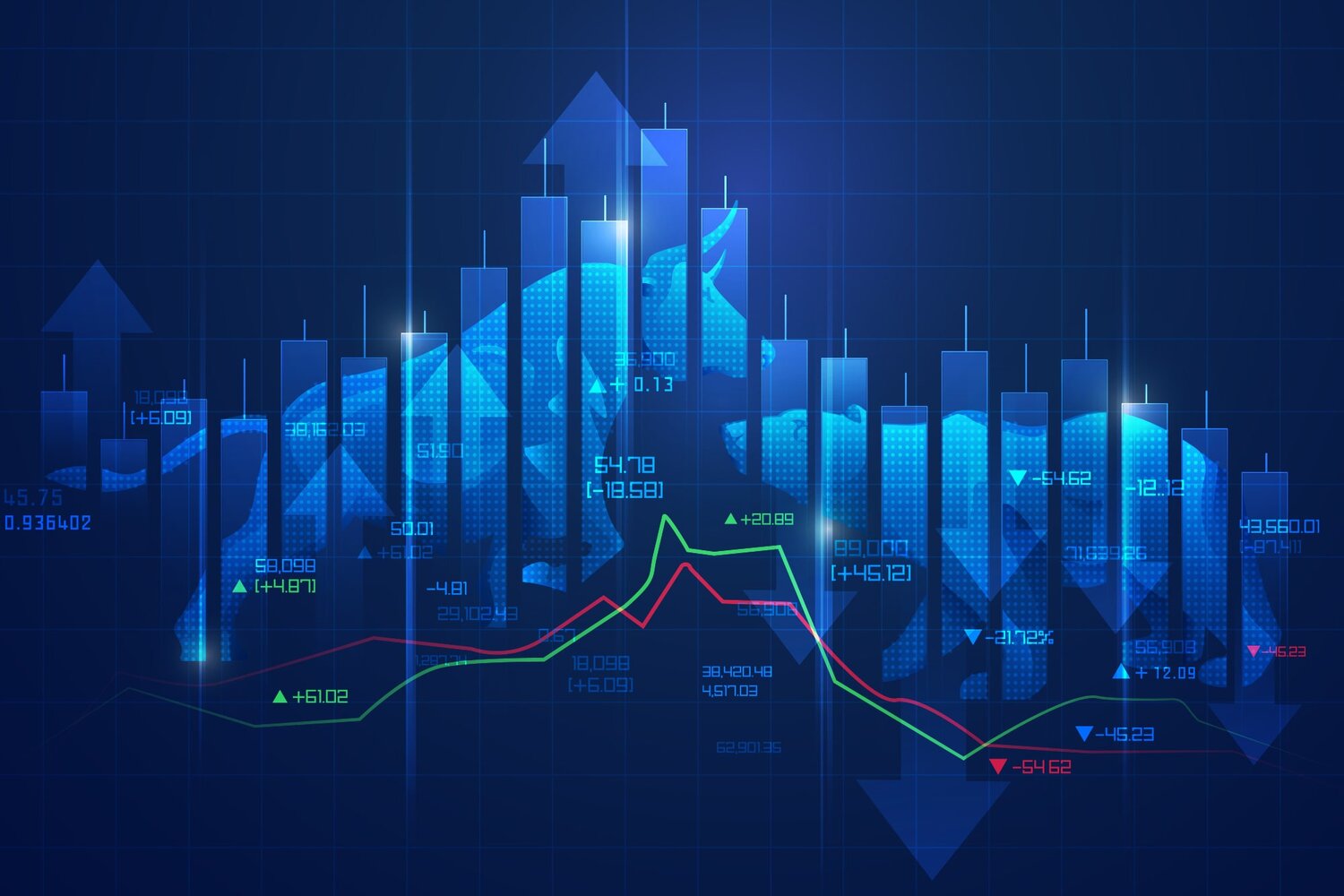Comments
- No comments found

High-frequency trading (HFT) is a form of algorithmic trading in which traders use powerful computers to execute trades at extremely high speeds.
This type of trading has become increasingly popular in recent years, but it has also been the subject of much debate. In this essay, we will examine the pros and cons of high-frequency trading.
One of the main advantages of high-frequency trading is that it can increase liquidity in the market. By executing trades at high speeds, HFT firms are able to quickly buy and sell large quantities of securities, which can help to stabilize prices and reduce volatility. This increased liquidity can make it easier for other traders to enter and exit the market, which can improve market efficiency. Additionally, HFT firms can provide liquidity in times of market stress, when other market participants may be reluctant to trade.
Another advantage of HFT is that it can reduce transaction costs for investors. HFT firms use complex algorithms to analyze market data and identify trading opportunities, which allows them to execute trades at the best possible prices. This can help to reduce the cost of trading for other market participants, as they can take advantage of the best prices offered by HFT firms.
One of the main criticisms of HFT is that it can create an uneven playing field for traders. HFT firms have access to powerful computers and advanced algorithms that allow them to execute trades at high speeds, which gives them an advantage over other market participants. This can make it difficult for other traders to compete, particularly for those who are not able to make use of the same technology.
HFT can contribute to market volatility. The high-speed nature of HFT can create a feedback loop, where rapid buying and selling can lead to sharp price movements, which can in turn trigger more buying and selling. This can lead to market instability, and make it difficult for other traders to predict market movements. Additionally, the fast-paced nature of HFT can also make it harder for regulators to keep up with market developments, which can make it more difficult to prevent illegal activities such as insider trading.
Another potential issue is that HFT can also be a potential source of market manipulation. HFT traders have the ability to make rapid trades in large quantities, which can create artificial demand and move prices in certain direction. This can lead to unfair price changes and an inaccurate market representation.
High-frequency trading has both advantages and disadvantages. On one hand, it can increase liquidity in the market and reduce transaction costs for investors. On the other hand, it can create an uneven playing field for traders, contribute to market volatility and be a source of market manipulation. It's important for regulators to balance these pros and cons and ensure that the market remains fair and efficient for all participants.
The future of high-frequency trading (HFT) is uncertain, as the industry continues to evolve and adapt to new technologies and regulatory changes. However, it is likely that HFT will continue to play a significant role in the financial markets in the future.
One of the key trends that is likely to shape the future of HFT is the increasing use of artificial intelligence (AI) and machine learning (ML) technologies. These technologies allow traders to analyze large amounts of data and identify trading opportunities in real-time, which can help to improve the efficiency and speed of HFT. Additionally, AI and ML can also help traders to better manage risk and make more accurate predictions about market movements.
Another trend that is likely to shape the future of HFT is the increasing use of cloud computing. This technology allows traders to access powerful computing resources on-demand, which can help to reduce the cost and complexity of HFT. Additionally, cloud computing also allows traders to access data and analytics in real-time, which can help to improve the speed and accuracy of HFT.
However, HFT is also facing increased regulatory scrutiny. There have been calls for stricter regulations on HFT to prevent market manipulation and protect investors. Regulators are increasingly focused on ensuring that HFT firms are held accountable for their actions, and that the market remains fair and transparent for all participants. This could lead to new regulations that limit the speed and frequency of HFT trades, or impose new reporting requirements on HFT firms.
In summary, the future of HFT is likely to be shaped by a number of factors, including the increasing use of AI and ML technologies, the adoption of cloud computing, and regulatory changes. While HFT is likely to continue to play a significant role in the financial markets, it's important for regulators to ensure that the industry is operating in a fair, transparent and safe way for all market participants.
Leave your comments
Post comment as a guest